
Course Elementary 27638
Course Introduction:Regular expressions, also known as regular expressions. (English: Regular Expression, often abbreviated as regex, regexp or RE in code), a concept in computer science. Regular tables are usually used to retrieve and replace text that matches a certain pattern (rule).

Course Elementary 36116
Course Introduction:Regular expressions are used in almost all programming languages. It is an art of query. It uses short syntax to achieve powerful search functions. The content of this course is a quick introduction to PHP regular expressions.
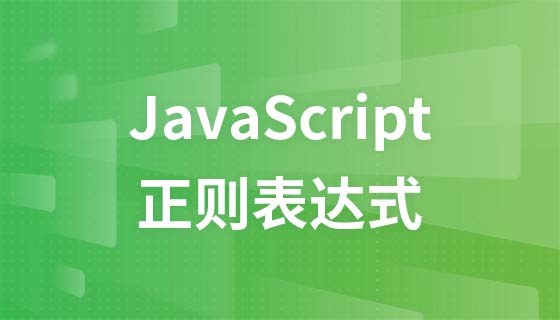
Course Intermediate 5316
Course Introduction:In any programming language, regular expressions are an important piece of knowledge. They provide an efficient string matching and capturing mechanism, which can greatly simplify program design.

Course Elementary 14156
Course Introduction:By using regular expressions to represent text search parameters, some dynamically changing string matches, such as changing time, can be cleverly completed. Therefore, we have collected the "Boolean Education Regular Expression Video Tutorial", hoping to help everyone better understand regular expressions.

Course Intermediate 4073
Course Introduction:Tomcat is a Servlet container developed by the Jakarta project under the Apache Software Foundation. According to the technical specifications provided by Sun Microsystems, it implements support for Servlets and JavaServer Page (JSP), and provides some unique functions as a Web server, such as Tomcat Management and control platform, security bureau management and Tomcat valve, etc.

Course Advanced 1807
Course Introduction:Django DRF source code analysis includes: 1 Front-end and back-end separation mode 2 restful interface specification 3 Simple applications of CBV 4 Object-oriented and reflection supplement 5 CBV source code analysis 6 CBV source code analysis 2 7 APIView source code analysis 8 Serialization and deserialization of DRF 9 Supplementary information on the use of serializers 10 Serializer save operation 11 Interface implementation based on APIView 12 save method completes updating data 13 ModelSerializer 14GenericAPIView 15GenericAPIView(2) 16 min mixed class 17 Re-encapsulation of Minin mixed classes 18ViewSet 19 ModelViewSet 20 routing components
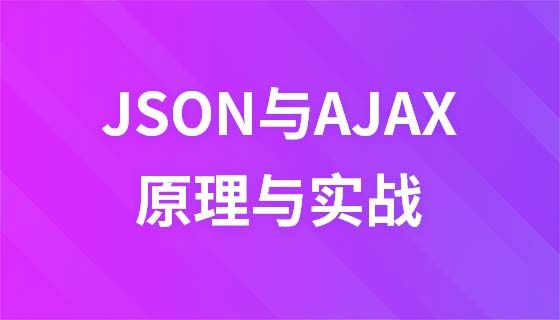
Course Intermediate 5729
Course Introduction:JSON is a universal lightweight data storage and exchange format that is independent of programming languages. It is written based on JavaScript object syntax and is very suitable for Web development. Ajax is an asynchronous data loading technology that allows users to obtain data without leaving the current page. The user experience is excellent. This course combines json and ajax technologies to demonstrate the application scenarios of these two technologies with examples (the knowledge of php and mysql involved can be temporarily neglect)
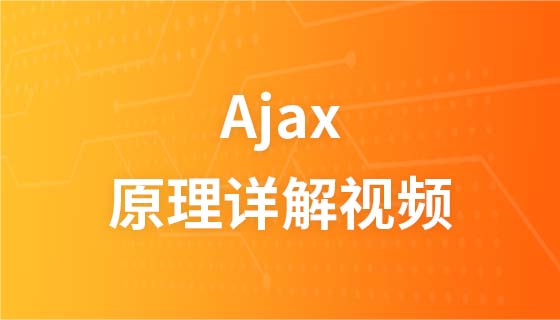
Course Elementary 12419
Course Introduction:"Ajax Principles Detailed Video Tutorial" The core of Ajax is the XMLHttpRequest object, referred to as XHR. It is used to enable the browser to request additional data from the server without unloading the page, which greatly improves the user experience. Prior to this, this technology actually existed and was implemented by some people, but it was not popular and was not supported by browsers. However, after that, IE5 introduced XHR objects for the first time and supported ajax technology, which was subsequently supported by all browsers.
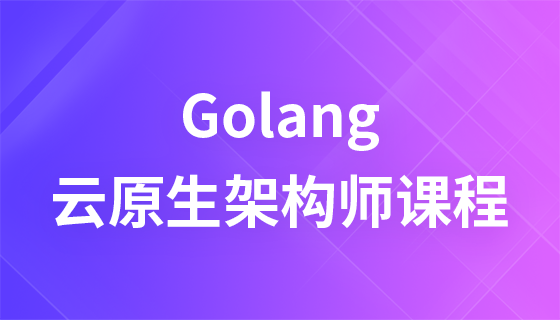
Course Elementary 3113
Course Introduction:Go is a compiled system programming language with concurrency support and garbage collection; this course is reproduced from Bilibili: https://www.bilibili.com/video/BV1Mh411M7A
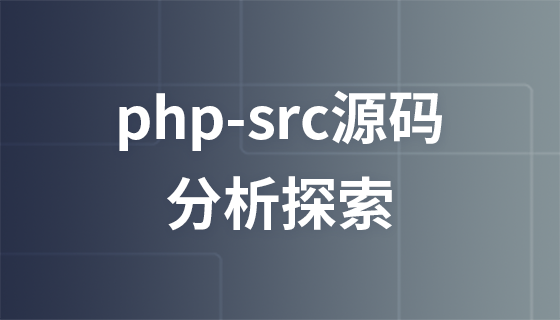
Course Elementary 2577
Course Introduction:If you have any questions, please contact WeChat: Le-studyg; in-depth exploration of PHP source code and understanding of its internal working principles is the path to advancement for every PHP developer. This course will lead students to analyze the source code of PHP (php-src), and comprehensively analyze the underlying implementation of PHP from core language features to extension mechanisms. By analyzing the source code, students will gain an in-depth understanding of PHP's internal mechanisms, such as memory management, garbage collection, function calls, etc., thereby improving their understanding of PHP performance tuning and extension development. This course is suitable for developers who have a certain foundation in PHP and who want to deeply understand the internal principles of PHP and improve their technical level. Let us explore the source code world of PHP and uncover the mystery of PHP!

Course Intermediate 4754
Course Introduction:Axios is currently the most popular request tool on the front end, used to send AJAX requests to the server for data exchange. In this course, you can learn axios API and axios source code analysis. If you have mastered the basic usage, you can directly learn the source code analysis part and simulate important functions.
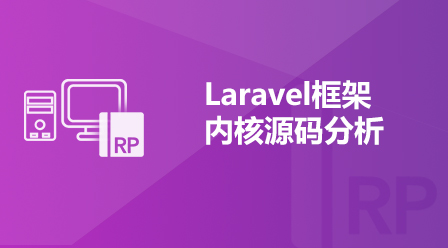
Course Advanced 8330
Course Introduction:This set of courses is designed to help you analyze the laravel framework source code. The course content includes optimized containers, decoration mode, request-credit agent, framework load free env environment, exception mechanism, etc.
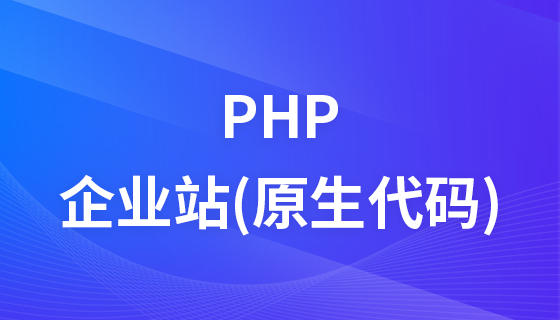
Course Elementary 14882
Course Introduction:PHP Practical Enterprise Website (Native Code)" This course is an enterprise website written using native php+mysql statements. It is mainly used to demonstrate to novice friends how to use native PHP code to operate our database. It is also helpful for learning PHP and mysql is helpful
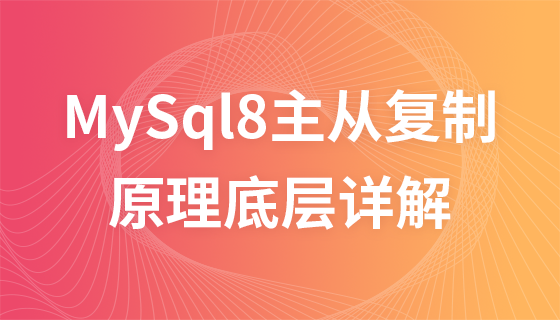
Course Elementary 2555
Course Introduction:If you have any questions, add WeChat: Le-studyg; the course content includes the basic principles of MySQL master-slave replication, the data synchronization mechanism during the replication process, the configuration and management of the replication topology, the high availability and fault tolerance of the master-slave replication, and the replication process. Data consistency and conflict handling, etc. Through an in-depth analysis of the underlying implementation of MySQL8 master-slave replication, you will understand key mechanisms such as data flow, log transmission, and status synchronization during the replication process, and learn how to optimize and adjust the performance and stability of master-slave replication.